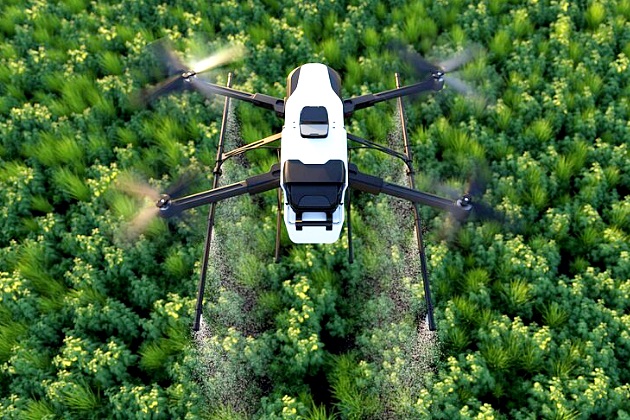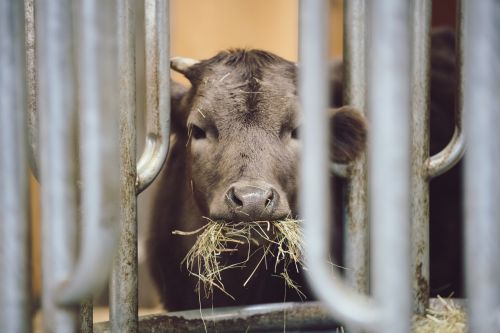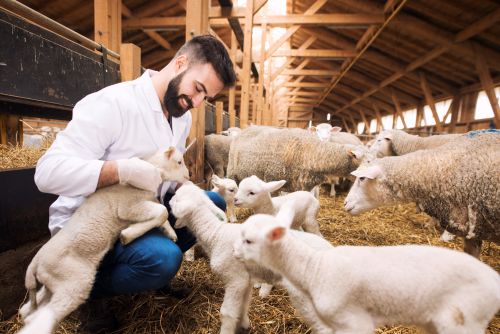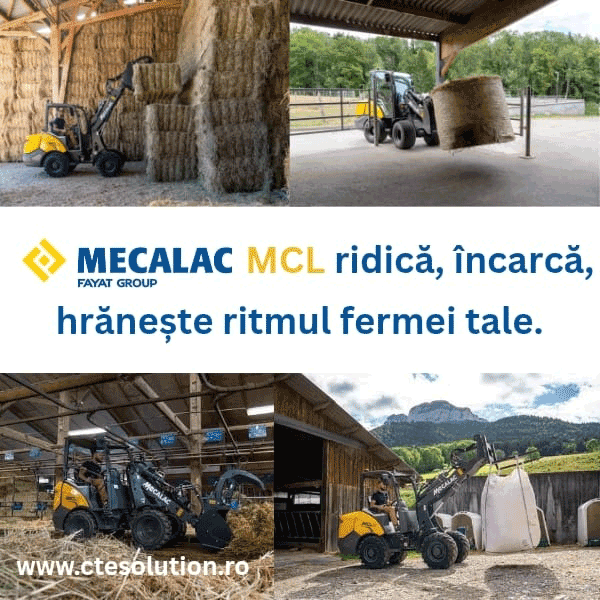790

The new genomic techniques are inevitable and could significantly reduce pesticide use without affecting food production, according to some European agricultural stakeholders, although NGOs and environmental groups have been skeptical.
A Possible Solution
New genomic techniques (NGTs), also known as new plant breeding techniques, could act as a solution by creating new varieties for which even the European Commission is now looking to reduce bureaucracy, especially by allowing some to escape the strict EU rules on genetically modified organisms (GMOs), as proposed in its legislative initiative presented in July, aiming at "innovative tools that help increase the sustainability and resilience of our food system."
Currently, all eyes are focused on pest and disease resistance, both in the EU and worldwide, as "pesticide use is under pressure," said Garlich von Essen, Secretary-General of the European seed industry association Euroseeds, at the beginning of the debate organized by Euractiv on Wednesday (October 25).
Pest- and disease-resistant varieties, in particular, could make it possible to reduce the amount of pesticides used. As governments and civil society make efforts to reduce pesticide use, many actors in agriculture are promoting NGTs as a more environmentally friendly solution.
Progress Comes from Elsewhere
While NGT products have not yet been commercialized in Europe, some are already available elsewhere. For example, researchers in California have developed blast-resistant rice, eliminating the need for fungicides and reducing the use of nitrogen fertilizers.
In Europe, researchers are working hard while awaiting regulatory approval. About 90 applications have already been filed for NGT crops.
In the French West Indies, along with Ecuador, Guatemala, and Costa Rica, growers are eagerly awaiting approval for the commercialization of genetically modified Cavendish bananas, a variety that represents 50% of global banana consumption. The genetically modified variety would be resistant to black sigatoka, a leaf disease that threatens bananas with extinction.
In some African countries, "farmers really suffer, spraying 10-20 times in a season. They don't have protective equipment, and then the residues end up in the final product," said Dr. Sheila Ochugboju, director of the Alliance for Science, an NGO advocating for global food security and promoting NGTs.
"These NGTs give us hope for the future because [...] the technology can be quickly taught to scientists, and those scientists can apply them to real problems in those countries specifically," she added, pointing to countries in the Global South that are not truly food secure, such as Kenya.
No Pesticide Reduction?
The EU Commission may attempt to reconsider its upcoming gene editing proposals in case the European Parliament rejects the EU plans to reduce pesticide risk and use, according to a Commission official for EURACTIV.
However, environmental NGOs, activists, and parliamentarians are less convinced that NGTs are the best remedy for reducing pesticide use.
According to them, producing disease- and pest-resistant varieties, especially in changing climate conditions, is still a challenging task, despite decades of GMO research. "Instead, GMO producers focus on modifying simple traits that help industrial agribusinesses, often producing new crops tolerant to herbicides and insecticides," says the International Federation of Organic Agriculture Movements (IFOAM) in a press release.
Opponents of NGTs believe that their use encourages pesticide use because, in their view, a variety that can tolerate more herbicides will encourage farmers to be less vigilant about the amounts they spray.
A 1996 American study showed that the introduction of GMOs led to an increase of over 15% in pesticide use.
Another point they make is that "weeds" or insects exposed to pesticides become increasingly resistant to them, leading to more intensive treatment.
What About the EU Regulation on Pesticide Reduction?
The issue of NGT products resistant to herbicides is the subject of an ongoing debate in Brussels. Although the Commission's initial proposal placed these varieties in the second category—similar to GMOs—they do not appear in the final document.
Therefore, opponents of NGT use fear that the rules will not cover them, potentially slowing down the EU's planned phase-out of pesticides.
"How can we prevent farmers from using pesticides?" asked MEP Irène Tolleret (Renew) during a debate on the text in the European Parliament.
However, according to some EU lawmakers, such as Renew MEP Pascal Canfin and EU commissioners, the NGT text can only work together with the Sustainable Use of Pesticides Regulation (SUR) text, which calls for a 50% reduction in pesticide use by 2030 as part of the Farm to Fork strategy.
A Compromise
However, according to a recent study by HFFA Research and distributed by Euroseeds, the introduction of NGTs could offset the average 20% loss in agricultural production caused by this strategy.
Progress in NGT technology over the next 10 years has the "potential to counteract about 55% of the sectoral apparent income and GDP declines in 2030 attributed to the impact of production and supply strategies by then," the study says.
For Thor Gunnar Kofoed, president of the Seed Working Group at the European farmers' organization Copa-Cogeca, resistance to pesticides inevitably leads to the transition to NGTs: "These pesticides we use today may not be used in about 10 years. So we need other tools instead of these pesticides," he said.





